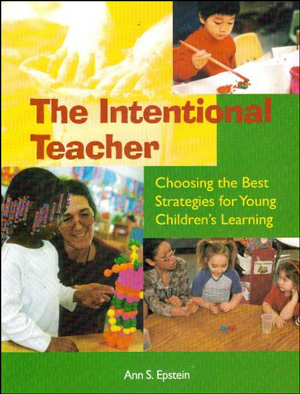ExchangeEveryDay Past Issues
 << Previous Issue
| View Past Issues | | Next Issue >>
<< Previous Issue
| View Past Issues | | Next Issue >> -Liz Curtis Higgs
"Access to the Internet has become a need-to-have — not just a nice-to-have — when it comes to student success.... About 70 percent of teens said that the Internet had been their primary source for a recent school project, and at least 65 percent had gone online to complete their homework. Teachers routinely assign homework that requires Internet use to complete, and about half of American schools expect to adopt e-textbooks in the next two to three years...."
"Even if students have reliable Internet access at school, many become digitally disconnected when they leave. This is especially true for those who live in rural or low-income communities, and it makes their homework harder to complete.... The lack of access particularly impacts minorities. Only 55 percent of African-American and 57 percent of Hispanic households are able to access the Internet from home, and only 50 percent of residents in rural areas have high-speed Internet, according to the U.S. Department of Commerce."
"Without access to the Internet, students can't take advantage of the numerous innovative tools that have democratized learning...."
 Educators must act with knowledge and purpose to make sure young children acquire the skills and understanding they need to succeed. Intentional teachers keep in mind the key goals for children’s learning and development in all domains by creating supportive environments, planning curriculum, and selecting from a variety of teaching strategies that best promote each child’s thinking and skills.
Educators must act with knowledge and purpose to make sure young children acquire the skills and understanding they need to succeed. Intentional teachers keep in mind the key goals for children’s learning and development in all domains by creating supportive environments, planning curriculum, and selecting from a variety of teaching strategies that best promote each child’s thinking and skills.
The Intentional Teacher considers how and when each type of learning (child-guided, adult-guided, or a combination) is most effective, and what teachers can do to support them.
"This is one of the best early childhood books that I have ever read, and I have read a lot of them. It takes on a difficult topic about which little direct research exists and does an outstanding job of framing the discussion in ways that not only will push the practice of current teachers, but will also provide a new theoretical framework for pushing a new generation of research in the field."
— Sue Bredekamp, Council for Professional Recognition




Comments (3)
Displaying All 3 CommentsUnited States
Exactly how is using the Internet teaching our kids to think for themselves? Remember that commercial, “It must be true, it was on the Internet.” All we’re doing is fostering a learning platform in which students read and regurgitate. Ugh!
P.S. I whole-heartedly agree with you, John!
CEASE
Bethesda, MD, United States
Those of us who work with young children need to be aware that the digital achievement gap is overblown for young children. The American Academy of Pediatrics urges no screen time for children under 2, and very limited screen time for children under 5, based on ample research showing how overexposure to technology in early childhood actually reduces cognitive, language, social and emotional development. Young children need positive personal interactions and a real world to explore, not just the disruptive bright lights and disturbing rapid screen changes they get through screen technology. A relatively new children's book, Goodnight iPad, by Ann Droyd, explores this well. Except for children with special needs, low income children are better off without getting obsessed with what's on the screen instead of what's happening in the real world.
United States
I notice that most articles refer minorities as African American and Hispanics. Are they not the majority? What about Asians? I don't think it is a race issue. It is an economic issue.
Post a Comment